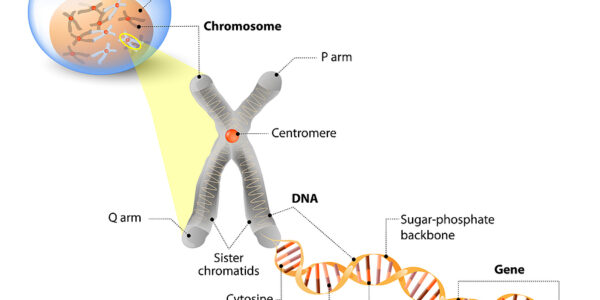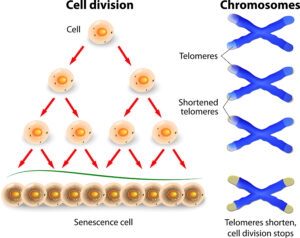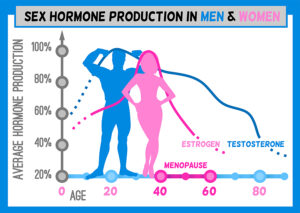A topic less discussed is mental illness and Covid-19. Covid-19 has been noticeably around us since March of 2020. With the various social distancing and quarantining methods people become more or less isolated emotionally. Social gatherings are outlawed depending on where you live. This helps to interrupt the spread of the virus, but it makes people feel more stressed as their relationships get interrupted.
Symptoms of stress
The CDC sums up that stress during a pandemic can cause the following:
- Fear of your own health and the health of your loved ones
- Loss of your job or financial support
- Changes in eating habits
- Changes in sleep pattern with lack in concentration
- Increase in use of tobacco, alcohol or other substance consumption
- Chronic health problems may deteriorate
- Worsening of Mental health conditions
The more isolated we are, the more stress we feel. This undermines our stress coping mechanisms, makes us more anxious and more depressed.
Develop coping skills
Taking care of your family and friends may relieve your stress, but it needs to be balanced by taking care of yourself. Although you are physically isolated from others when you are in quarantine, you can stay in contact with others by phone or video chats. This makes you less lonely and isolated.
Take care of yourself. This includes eating well balanced meals, exercising regularly and getting enough sleep. Avoid the consumption of alcohol, tobacco and drugs. Share with a family member or friend how you feel. Maintain friendships through the phone, emails, social media and computer chats. This builds a strong support system for you.
Avoid too much exposure to news stories. Seeing negative stories about Covid-19 over and over again can be undermining, so take a break from the news media. Go for a walk. Take a nap.
Suicide
Sometimes depression can get out of control to the point of driving a person to the brink of suicide. In the US major depression is the leading cause of disability for ages 15-44. At any given year 16.1 million American adults (about 6.7% of the U.S. population age 18 and older) suffer from major depression. 10.3% of Americans have thought about suicide. If you feel that way, do not act on this impulse. Call 1-800-799-4889. That is the National Suicide Prevention Lifeline & Chat.
Medical literature about the psychological impact of Covid-19
In a July 2020 publication the authors pointed out that Covid-19 infection is a significant psychological stressor. There is the fear of getting the virus and uncertainty about the future. Pre-existing anxiety and depression disorders get accelerated from the stress. In addition, mental disorders like schizophrenia with psychosis may worsen. This may require more antipsychotic medication to control it.
A Kaiser Family Foundation poll found in March 2020 that the Covid-19 pandemic has caused a major impact on US citizens. 45% of respondents said that the pandemic has affected their mental wellbeing significantly. If you are scared, depressed or anxious, you are tense and you have problems falling asleep, you are not alone. You can seek and receive help!
Prevention of mental disease from Covid-19
Here is some practical advice from the World Health Organization.
- Stay informed.
- Have a daily routine. Get up and go to sleep at regular times. Eat healthy balanced meals. Exercise regularly. Have your work routine and also find time to rest. Do things that you enjoy.
- Watch the news only to be informed, but limit news watching to a minimum. This will keep anxiety and depression in check.
- Stay in contact with close friends by phone and computer technology.
- Keep your alcohol consumption low. If you did not drink before at all, don’t start drinking in an attempt to deal with boredom, fear, anxiety or social isolation.
- Take breaks from screen time. This reduces tension.
- Video games: doing this may relax you for a short time. But longer video game activities can make you tense; you should balance this with the rest of your daily activities.
- Social media. Use this for honest communication. Keep it brief. If you see misinformation, point out the truth.
- Helping others: if you can, help others in the community with shopping or other chores.
Treatment for Mental disease from Covid-19
When you notice anxiety, depression or a flare-up of psychotic symptoms from schizophrenia, it is important to see your health professional right away. You may need some counselling. Others may need an antidepressant (for depression) or an adjustment to your antipsychotic medication. Some patients with milder depression or anxiety may benefit from cognitive/behavioral therapy. Most importantly, know that help is available! More info about cognitive therapy for suicide prevention.
Conclusion
Mental illness and Covid-19 is a huge topic. People definitely have experienced more anxiety and depression since the Covid-19 epidemic. This is because our lifestyle is suddenly restricted. We may have to go through a 14-day quarantine. But we also cannot participate in large gatherings with more than 50 people. Often, we have to wear masks in stores. In areas with high cases of Covid-19 there is also a severe restriction regarding with whom you can visit, leading to feelings of isolation. All of this can lead to mental illness. Essentially there are two ways of coping with this. First, we need to get a routine that makes us more resistant to mental illness. Secondly, if this fails, seek the advice of a health professional right away.
Seek mental illness treatment right away
When you catch mental illness early, it is much easier to treat. Milder cases of depression or anxiety may benefit from cognitive/behavioral therapy. More severe cases often require medication. In this outline I have discussed mental illness during the Covid-19 epidemic. I have not discussed the cases where people came down with Covid-19 coronavirus and got affected in their brain function from the virus. These cases need treatment by a neurologist and psychiatrist, and they are much more complicated.





















